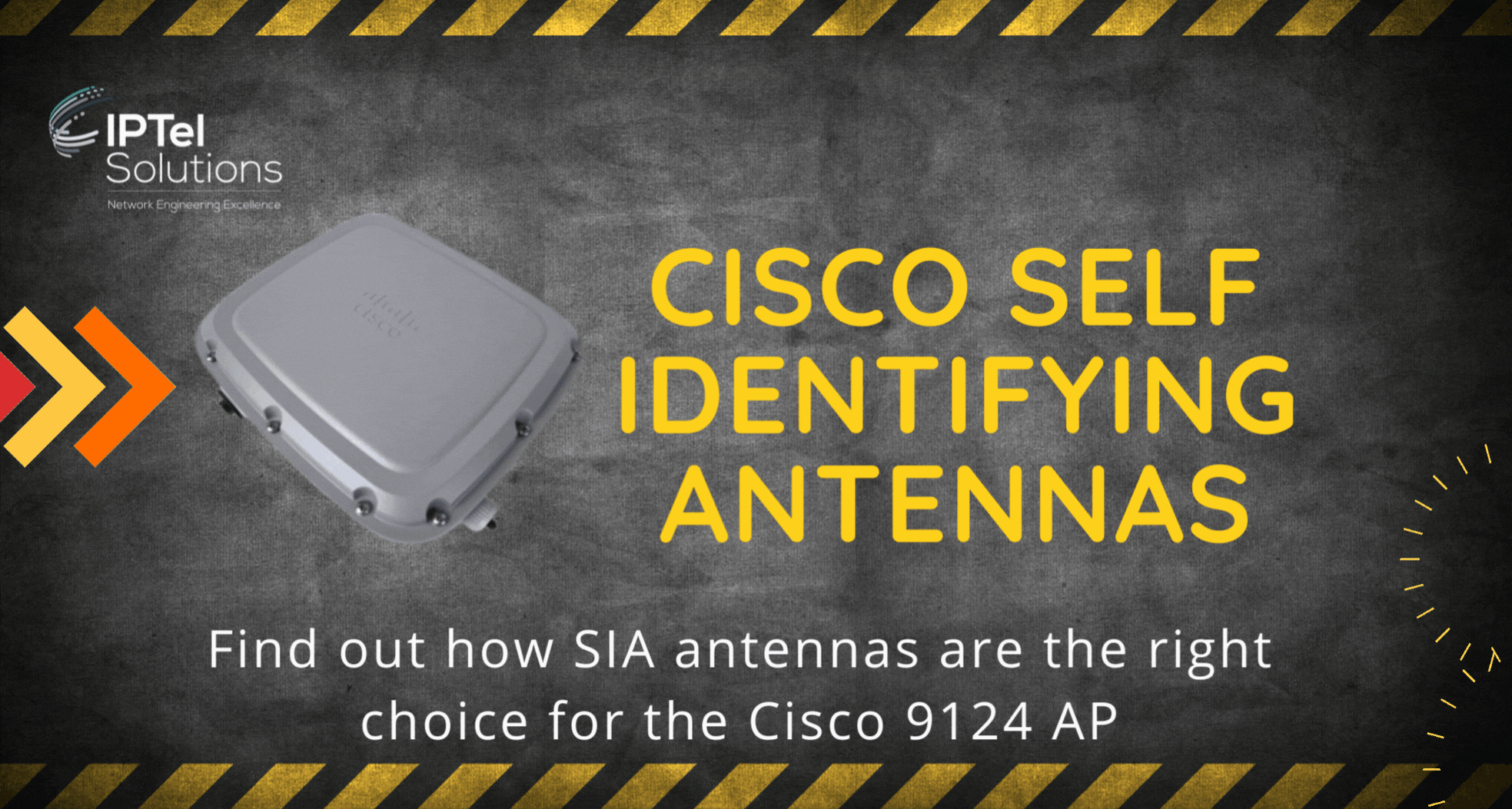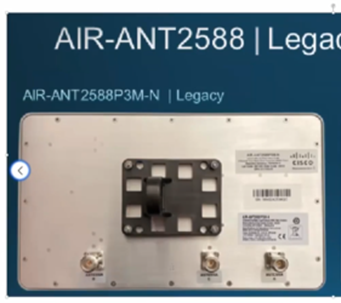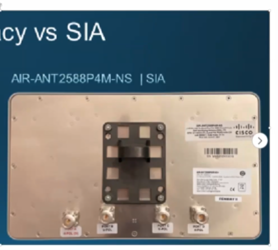In this blog we’re going to talk about Cisco’s new Self Identifying Antenna (SIA) technology as well as some value add on the signal polarisation and why you should mix horizonal and vertical polarisation!

Why use SIA Antennas
To kick off with, let’s start with why would you want to use the SIA antenna in the first place?
.gif?width=229&height=229&name=Cisco%209124%20Antenna%20Options%20(Instagram).gif) The most obvious reason is that when you plug the antenna in, the gain is auto sensed.
The most obvious reason is that when you plug the antenna in, the gain is auto sensed.
Without this, the controller will tend to assume that this is a 6dBi antenna – if you in fact have a higher gain antenna plugged in, you’ll have lost the extra gain as the WLC won’t now its there and won’t act accordingly.
With the SIA antennas the AP will automatically detect the gain and adjust its TX power accordingly.
ASSOCIATED BLOGS:
Antenna Polarity
Many antennas are capable of supporting horizontal and vertical polarization on the radiated signal. Why would you need this?
.png?width=233&height=233&name=Stadium%20Wi-Fi%20(Instagram).png) One way of improving your Wi-Fi coverage indoors is to take advantage of multipath. Signals bouncing off of objects allow you to receive those signals in locations where the AP may not be providing the strongest signal.
One way of improving your Wi-Fi coverage indoors is to take advantage of multipath. Signals bouncing off of objects allow you to receive those signals in locations where the AP may not be providing the strongest signal.
For external installations though, this is unlikely to be the case – you’re dealing with free space, so mixing antenna polarity can really help.
Essentially you have a bit of spacial diversity – you’re more likely to have better performance as you have a better spread of signal arriving at the receiving AP.
This is also more likely to give better throughput, so its recommended to mix the use of horizontal and vertical polarisation if you can, especially in the outdoors environment.
ASSOCIATED BLOGS:
Cisco’s Patch Antennas
Let’s have a side note on the antenna ports.
The Cisco AIR-ANT2588P3M-N is shown below. This is really a legacy antenna now and the photo below shows how this antenna looks.
First up, of note is that there are three ports on the back of this antenna:

The newer SIA antenna (AIR-ANT2588P4M-NS) – the ‘S’ at the end of the part code notates that this is a SIA antenna – has four ports:

ASSOCIATED BLOGS:
- ThousandEyes vs DNA Center
- Wi-Fi 6 vs 5G: Complementary Technologies
- How to Fault find a Wi-Fi Network
Hot Tip: Console Cables
If you’re installing APs in difficult to get to locations, do yourself a favour and run in the extra cable to connect to the console of the AP.
This can be invaluable – if you ever need to flash the AP or debug something, you might be very glad that you installed that extra cable and didn’t need to get a cherry picker out to get all the way up to the AP.
ASSOCIATED BLOGS:
Cisco SIA Antennas: Summary
In this blog we've taken a look at the basic concept of Self Identifying Antennas (SIA). These are the recommended option to use with the Cisco 9124 and newer APs, as you will not need to manually configure the antenna gain.
Using the SIA antennas just means one less thing to worry about.
Mixing of horizontal and vertical polarization is a good technique to help you achieve better coverage, which essentially means throughput.
The final note in this blog was about console cables. We wouldn't recommend universally installing these for a typical internal installation - but if you're installing in a really hard to reach place, they could be worth their weight in gold if you ever have to debug the AP or reflash it - worth considering anyway.




.gif)
).jpg)